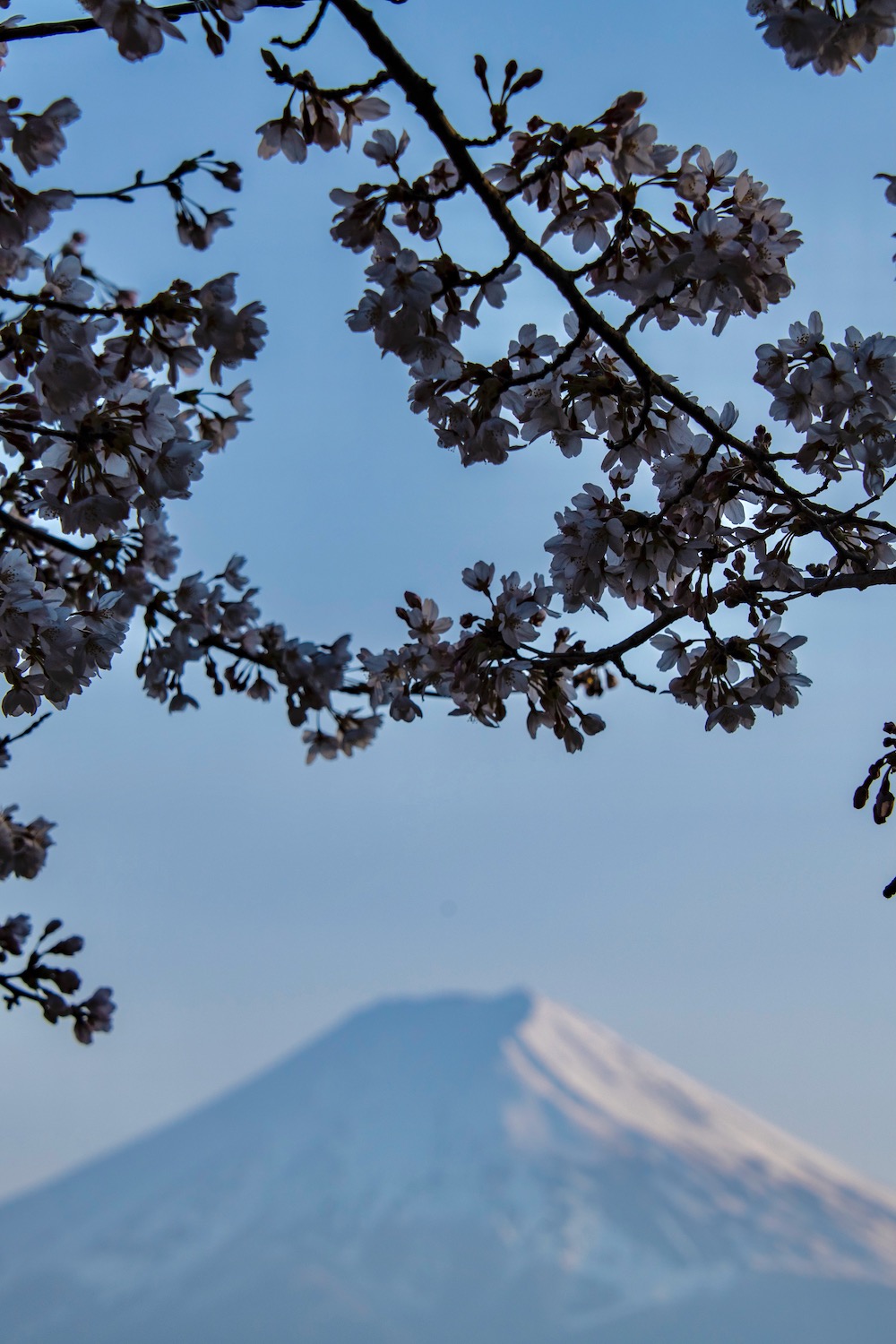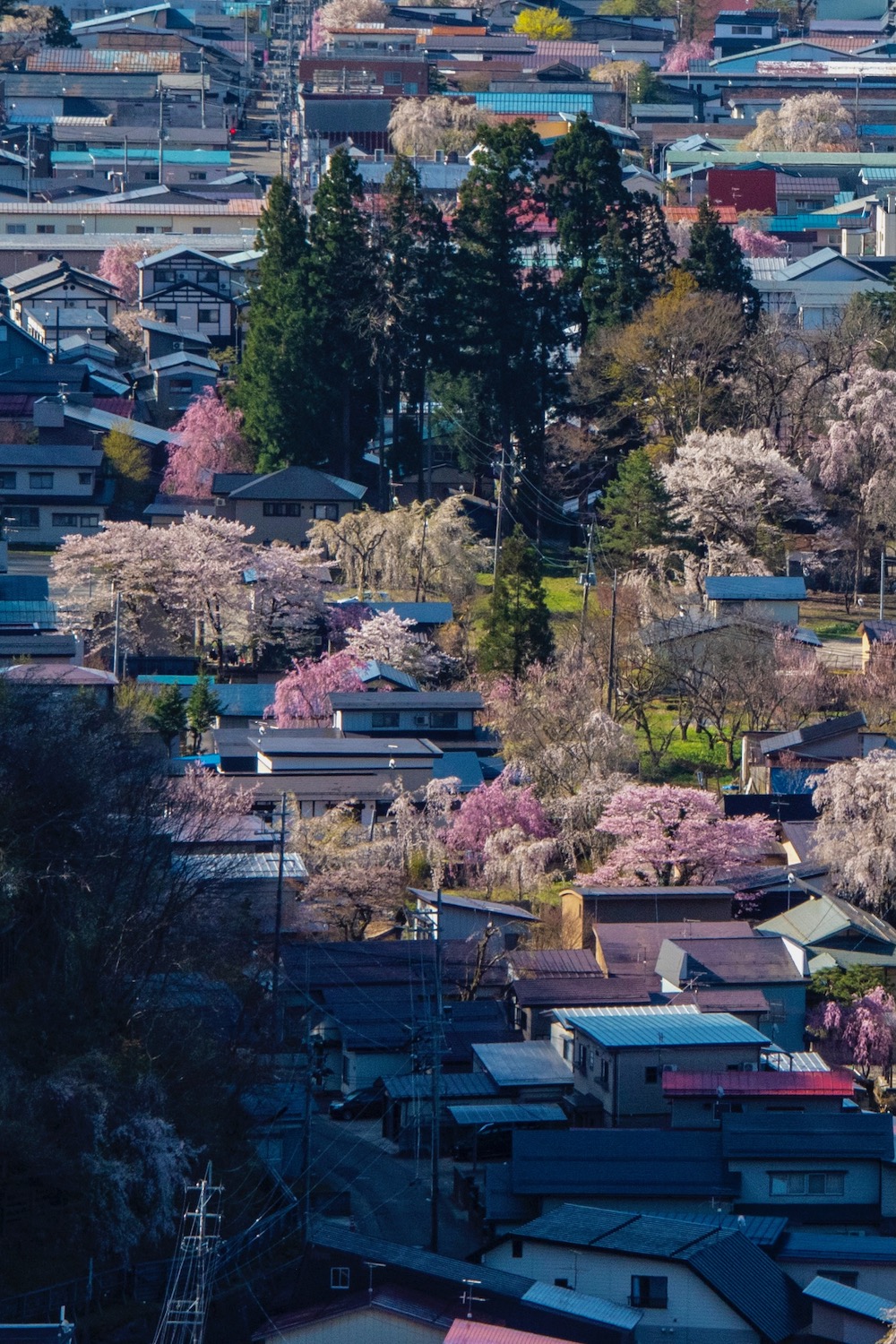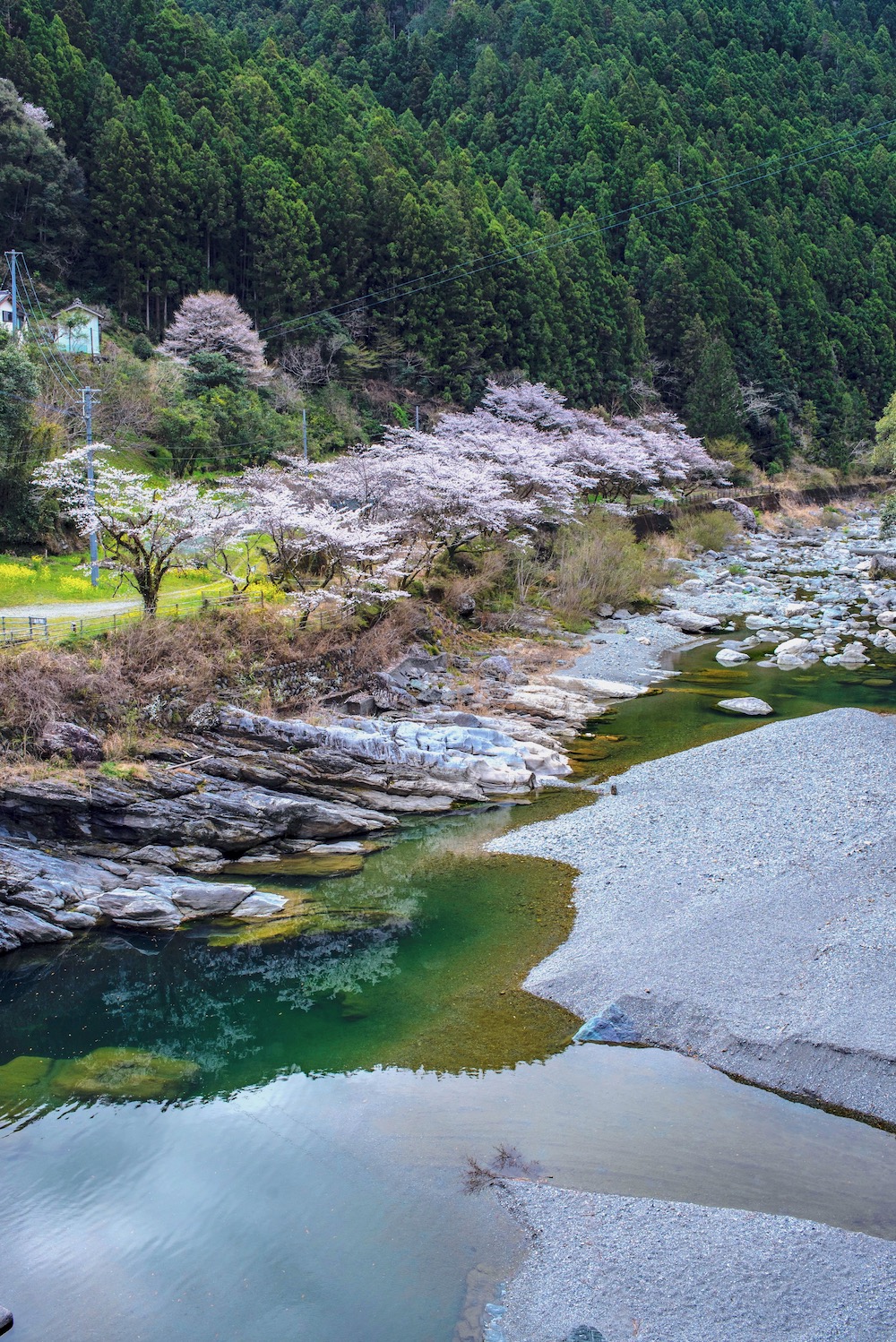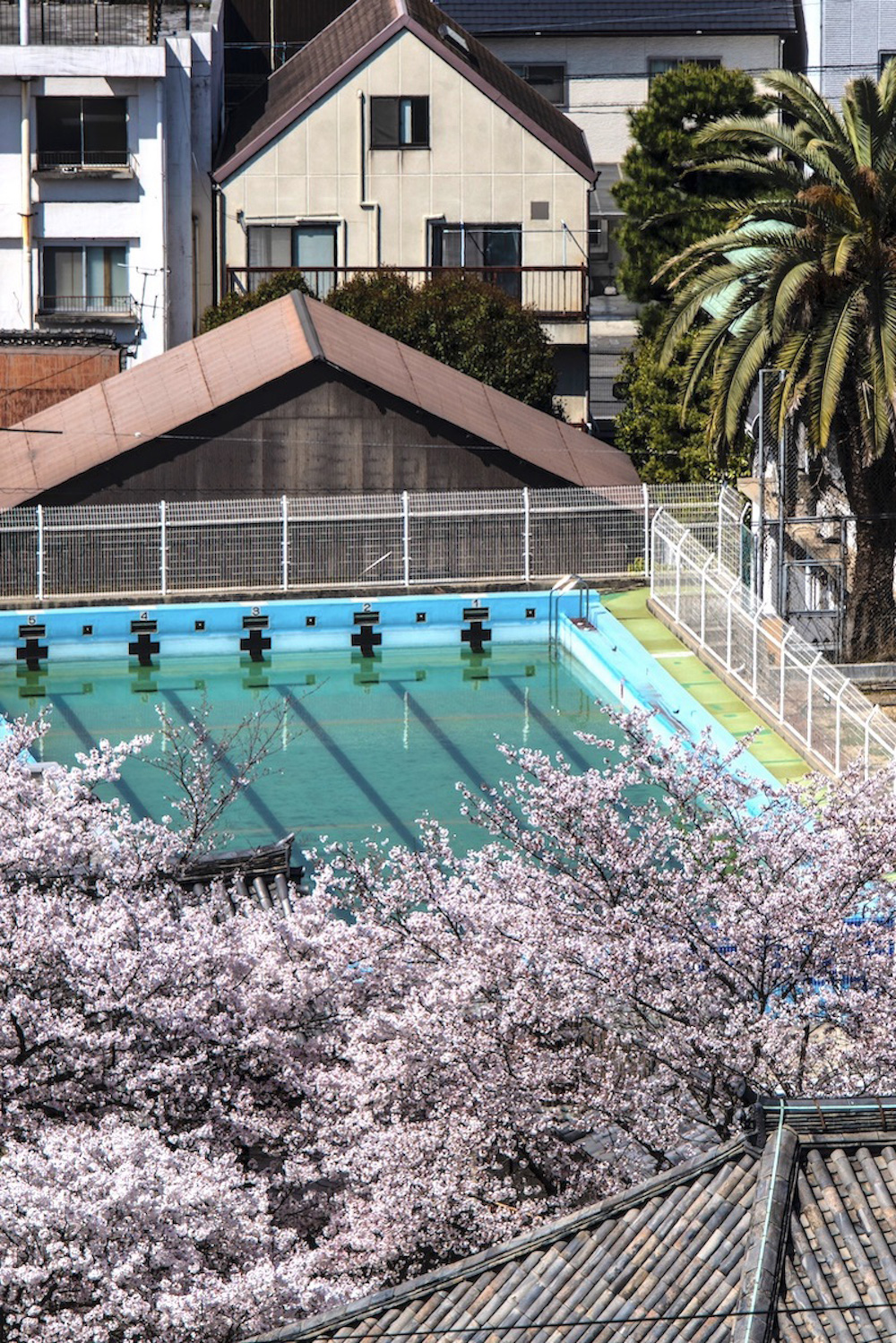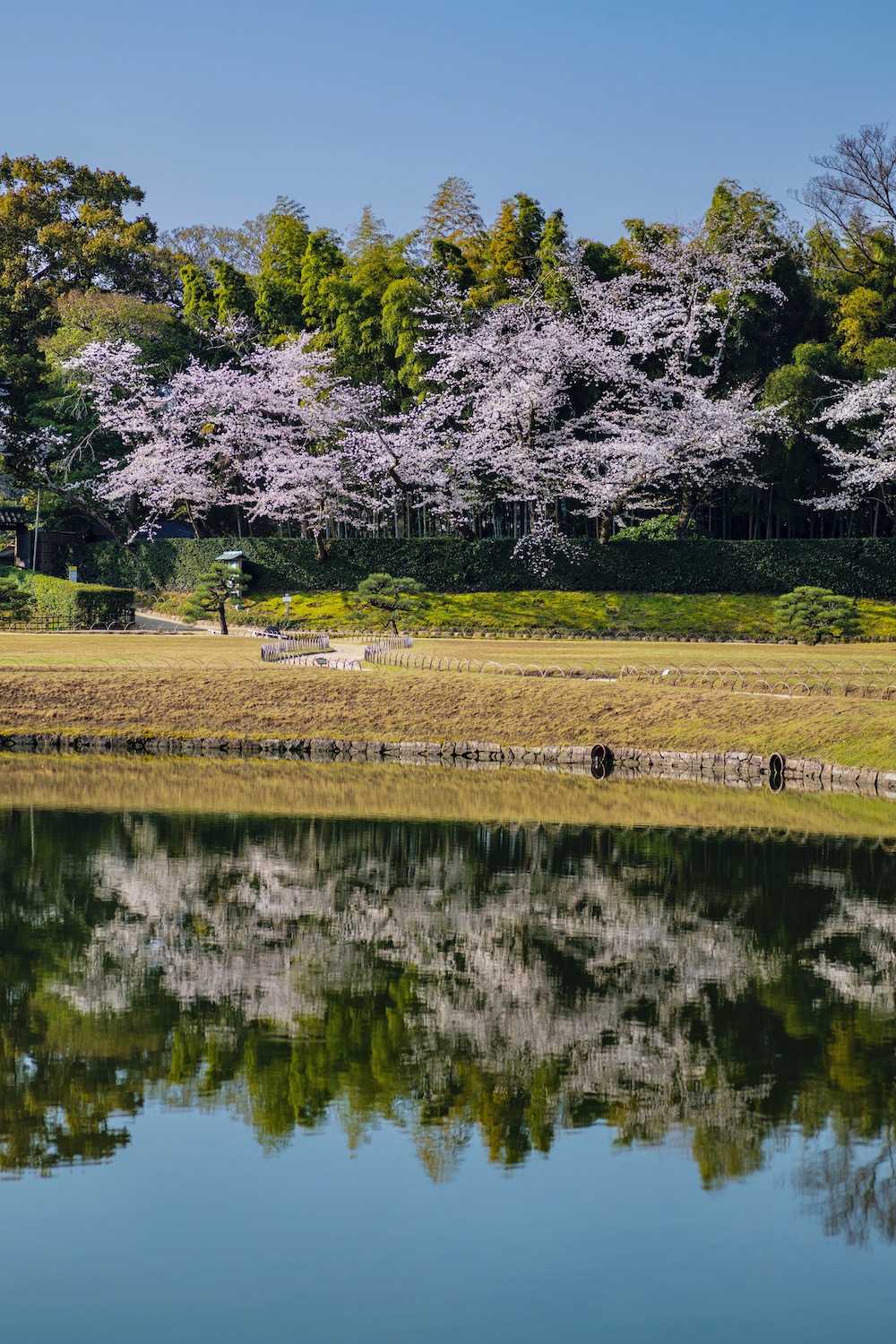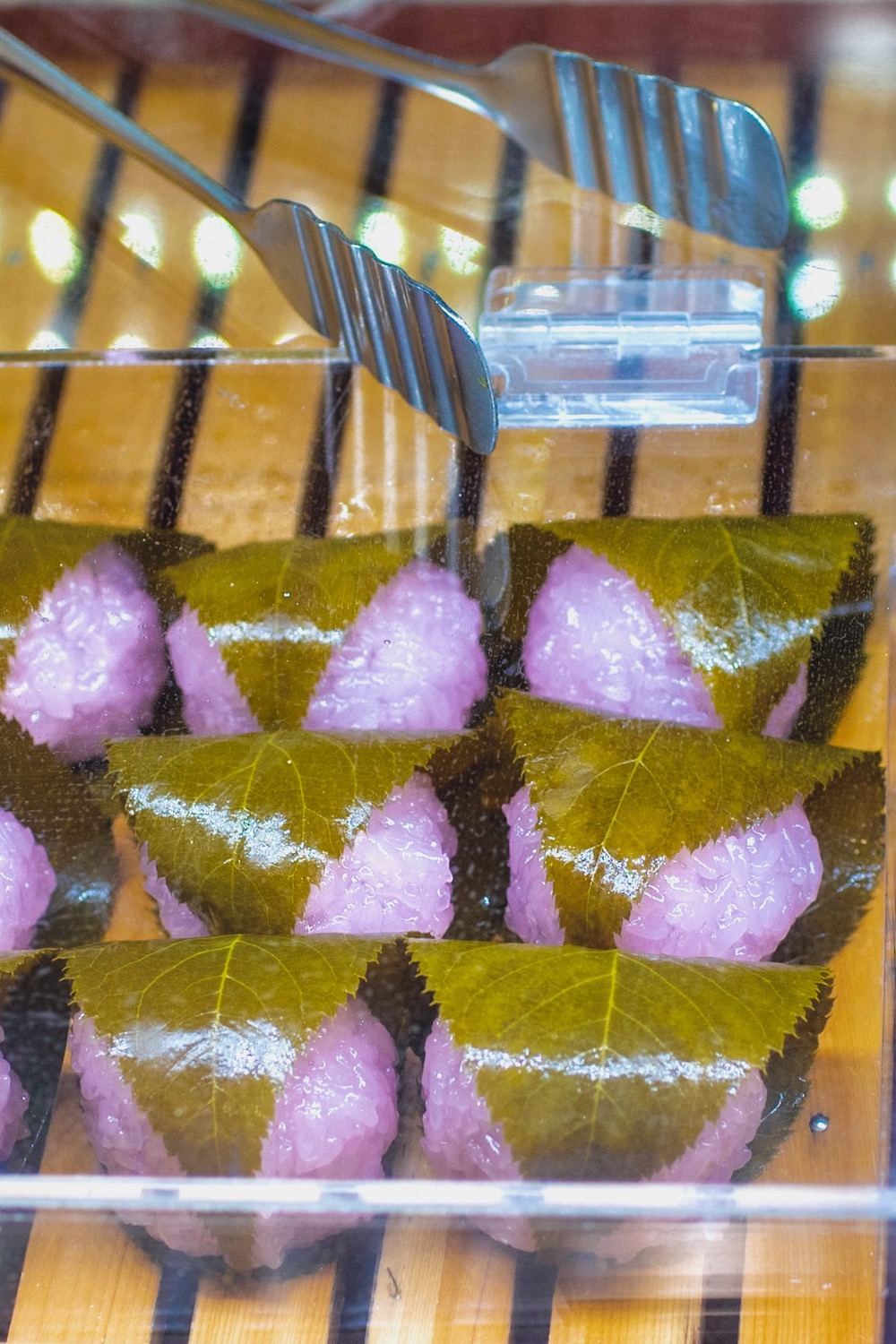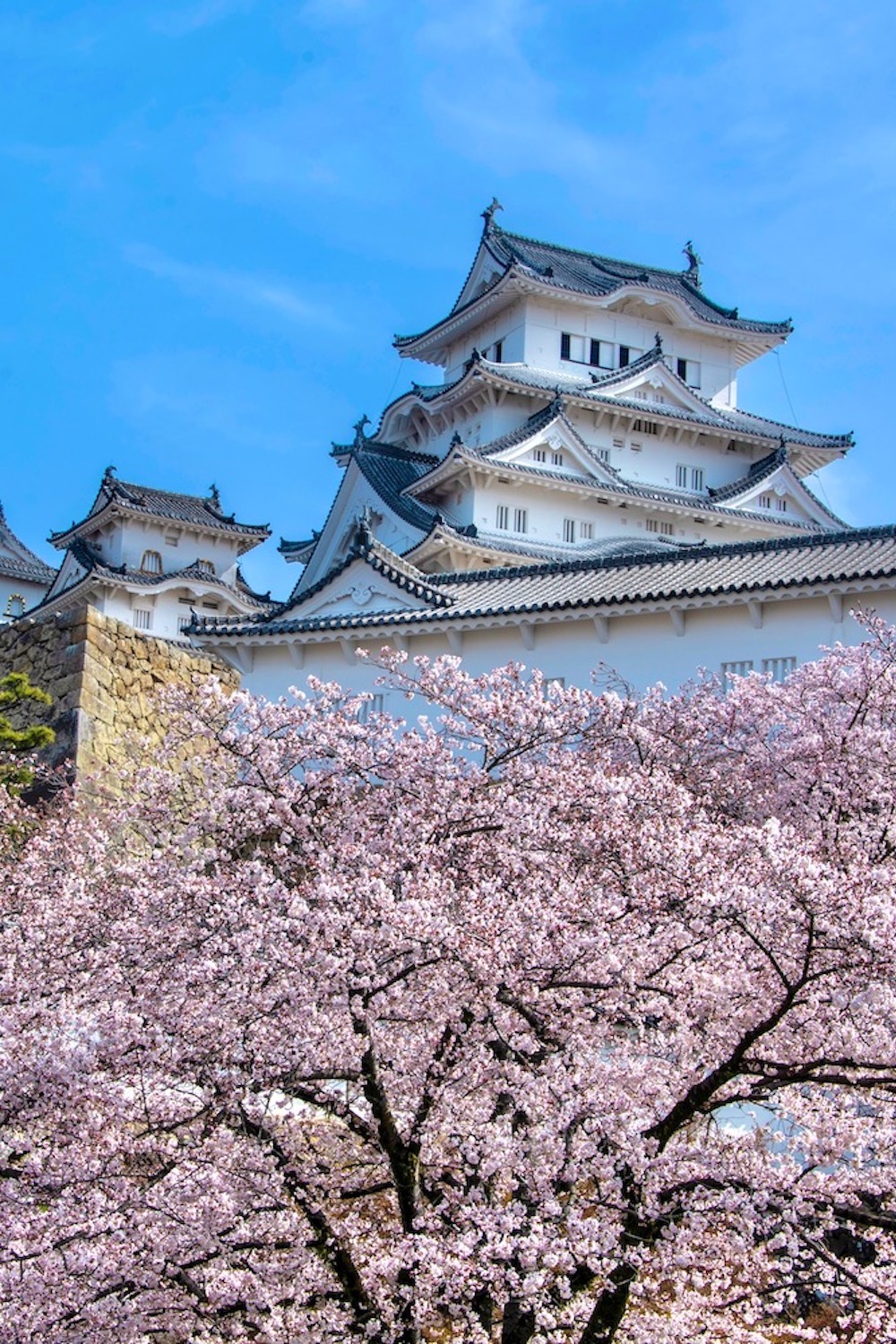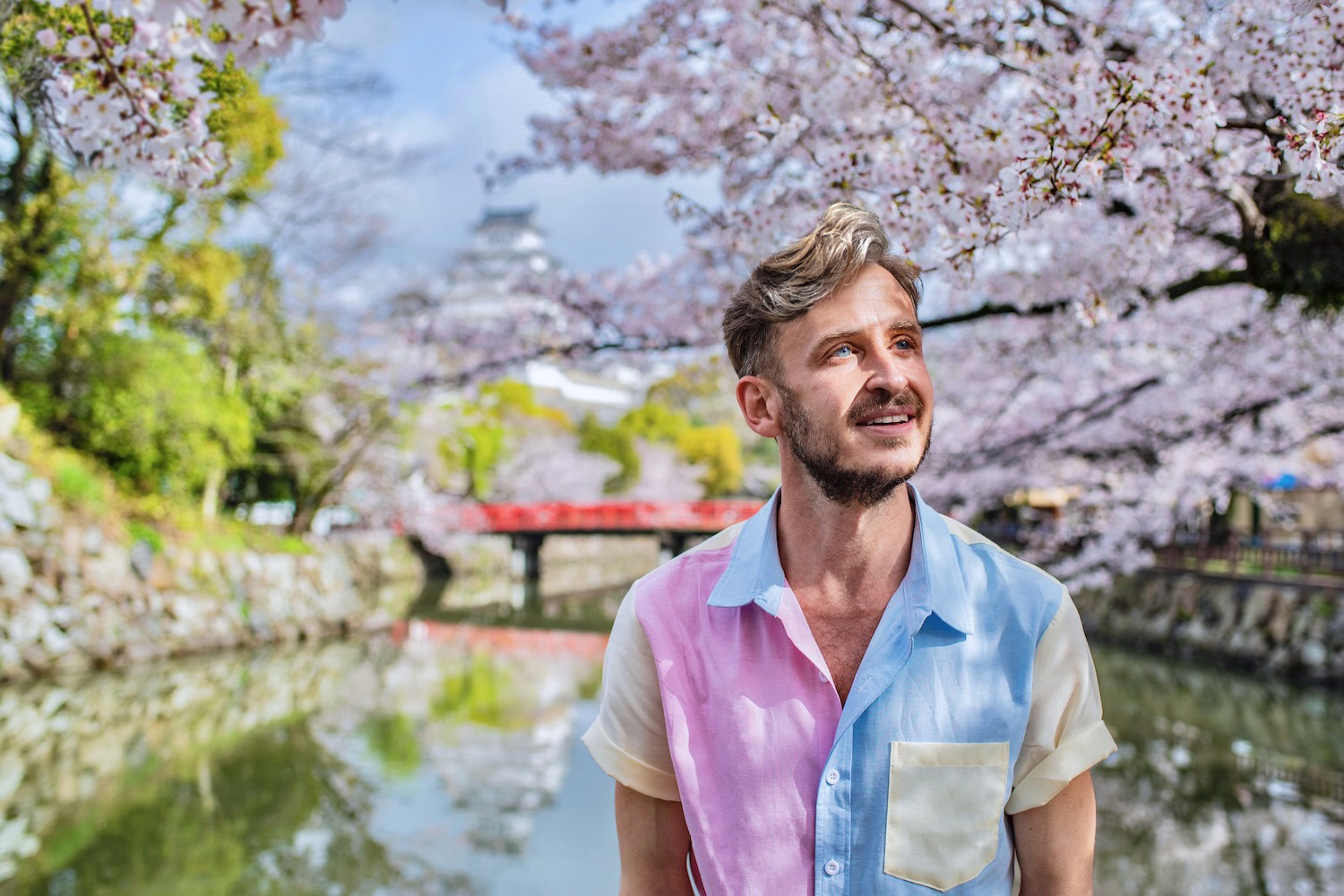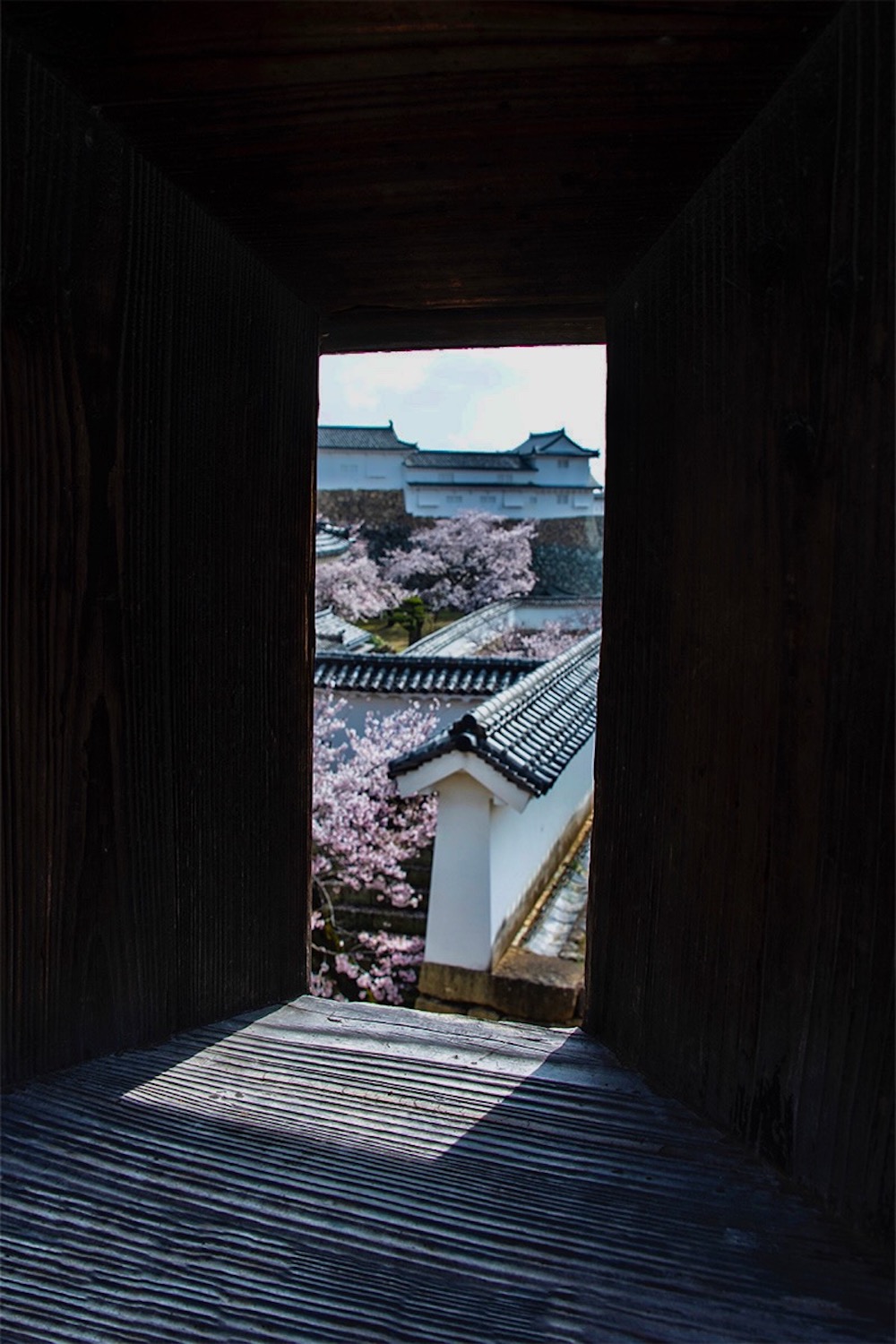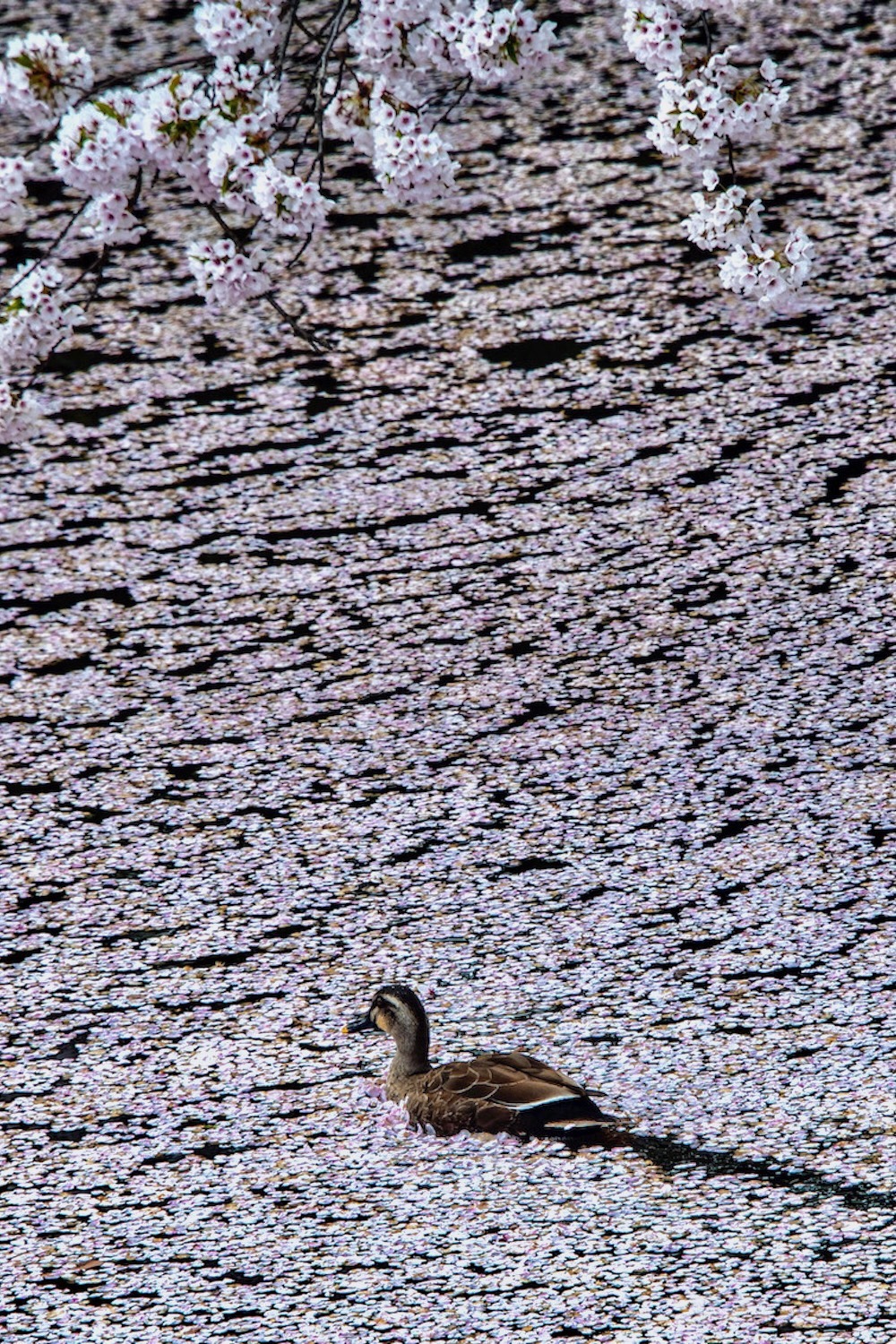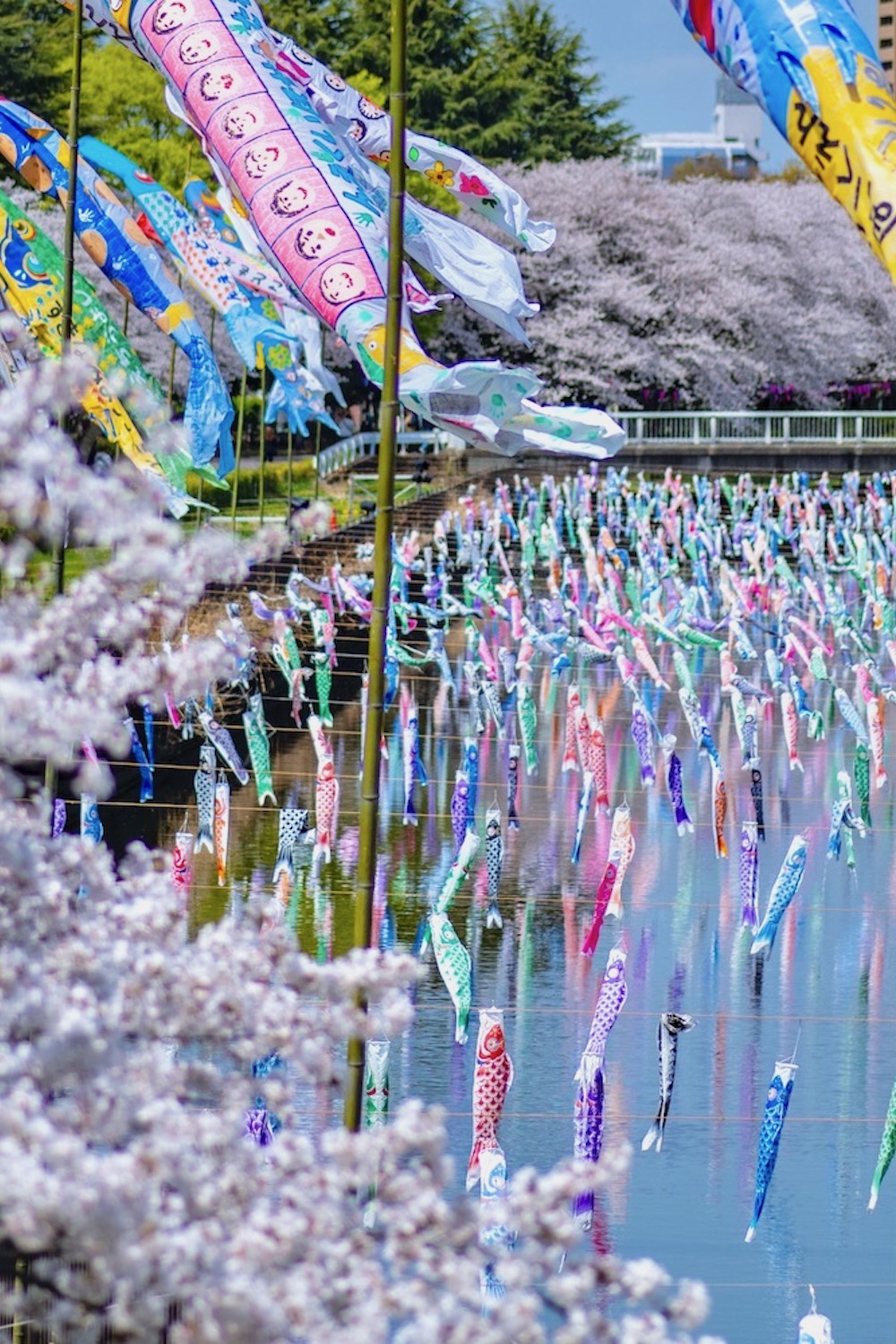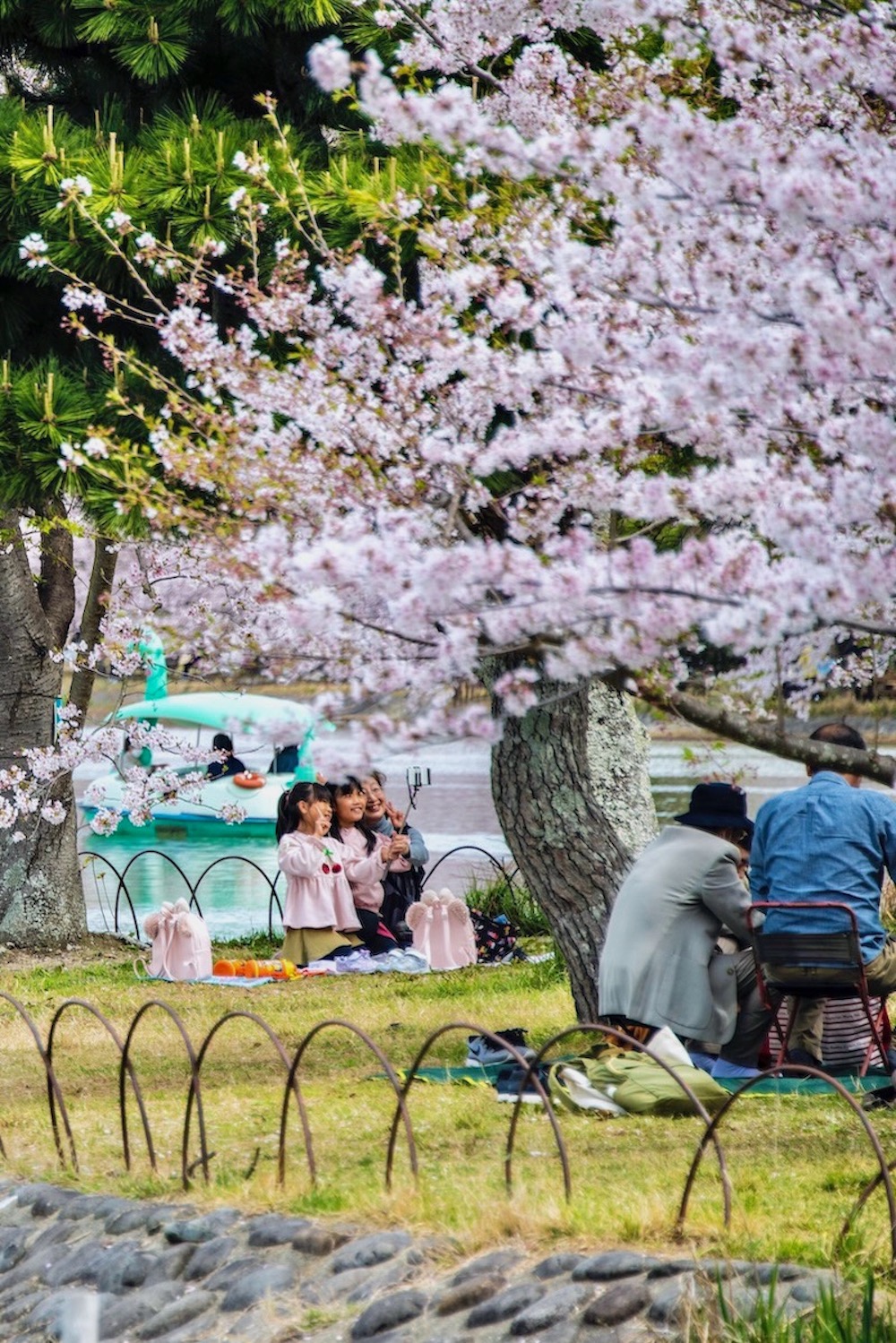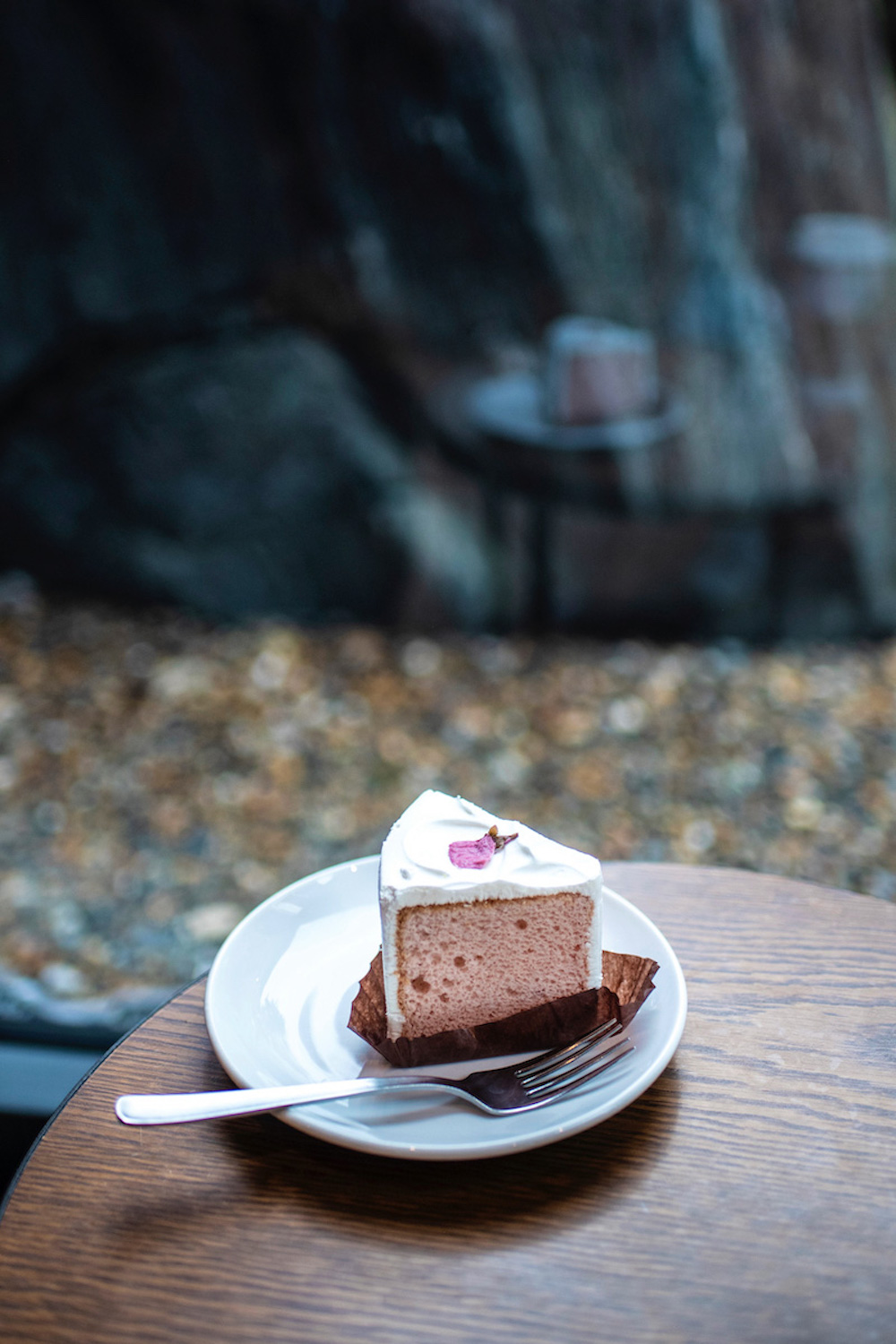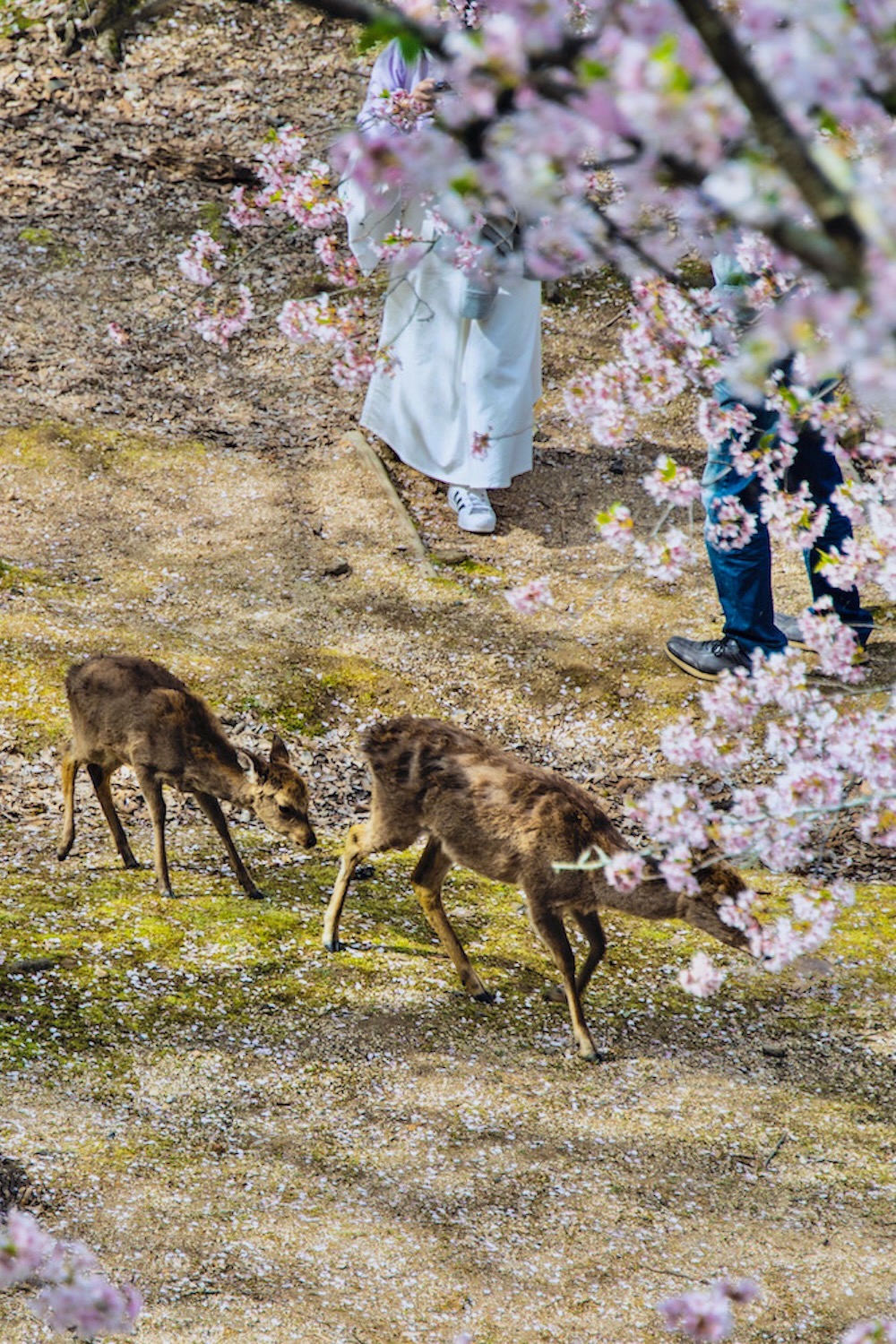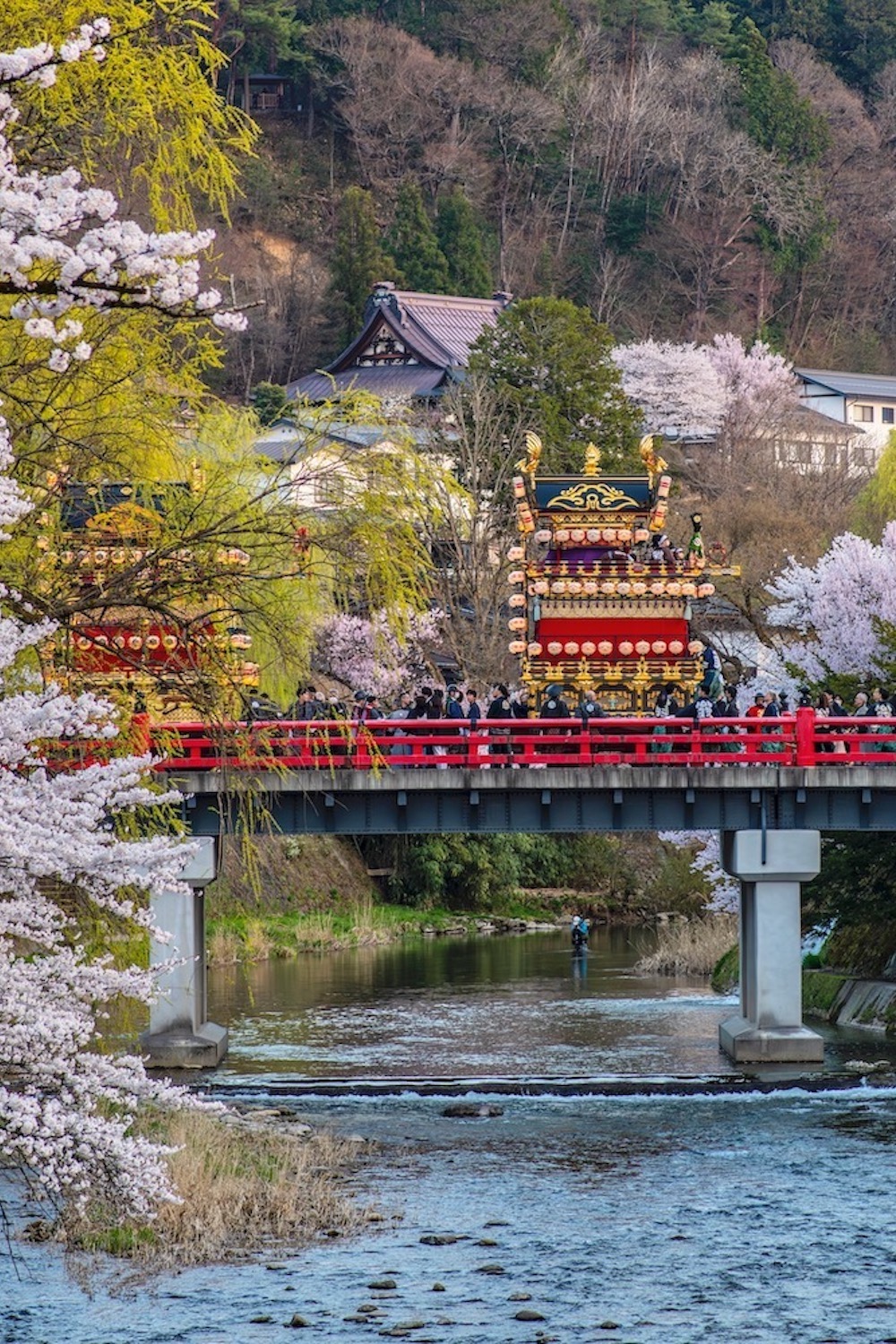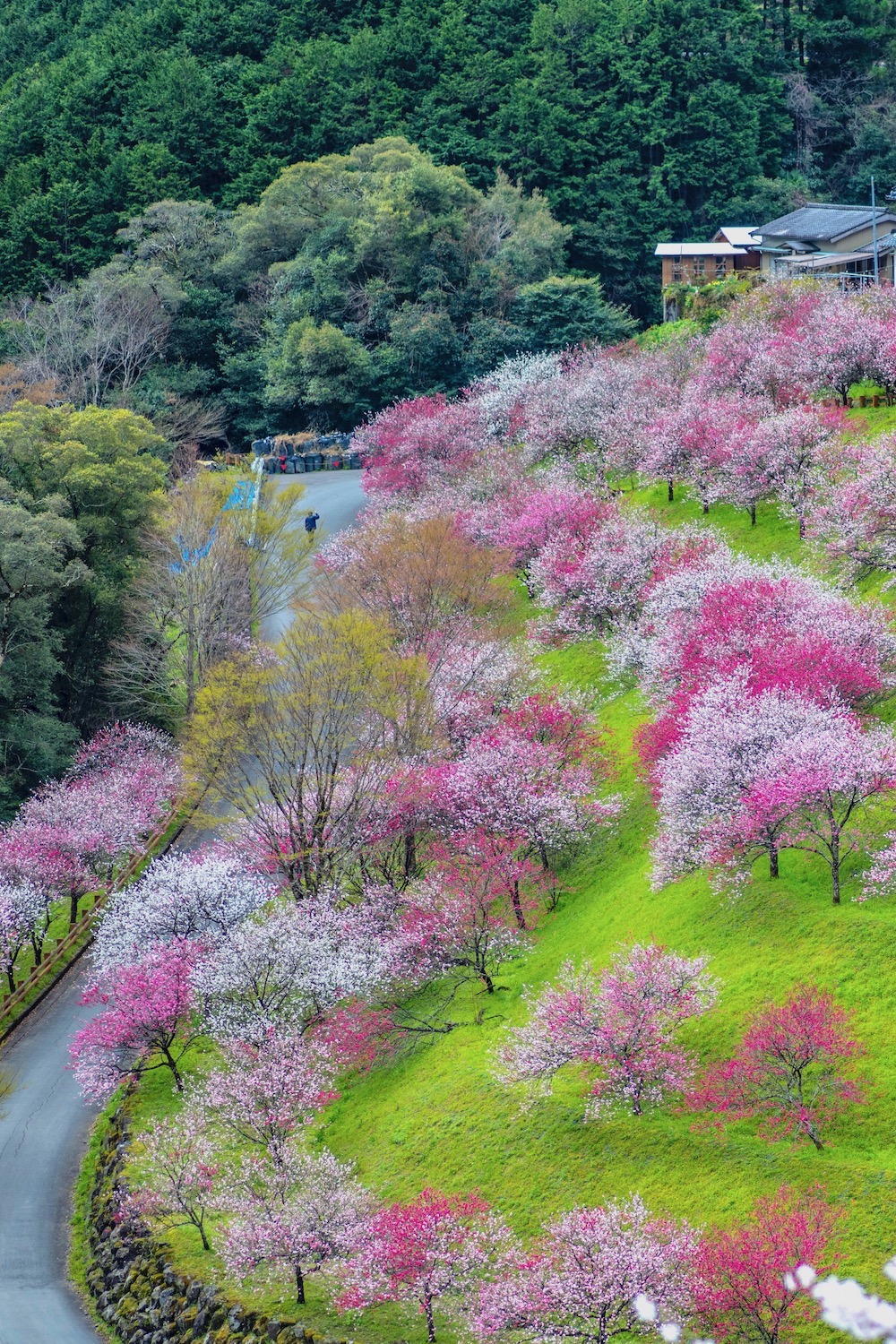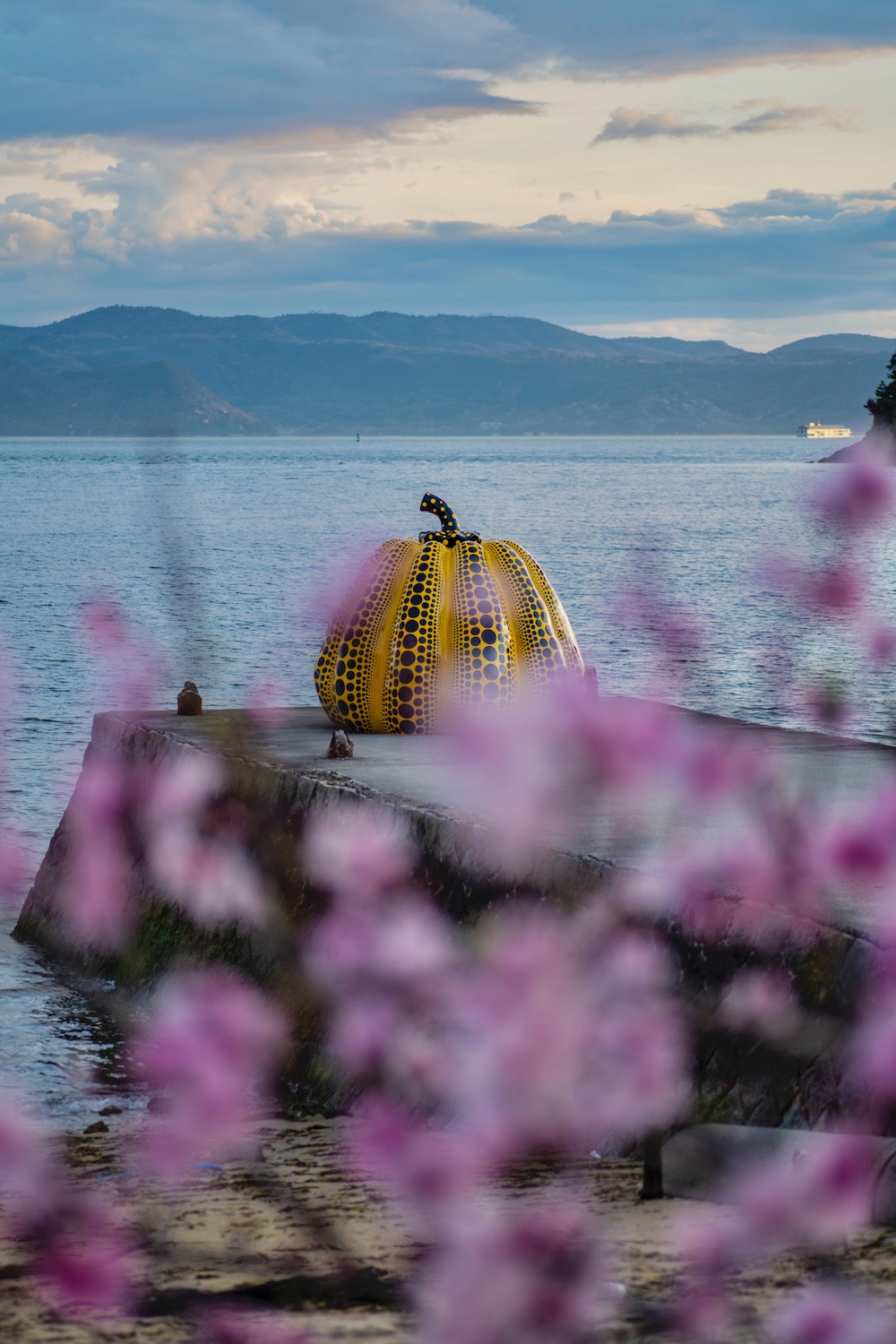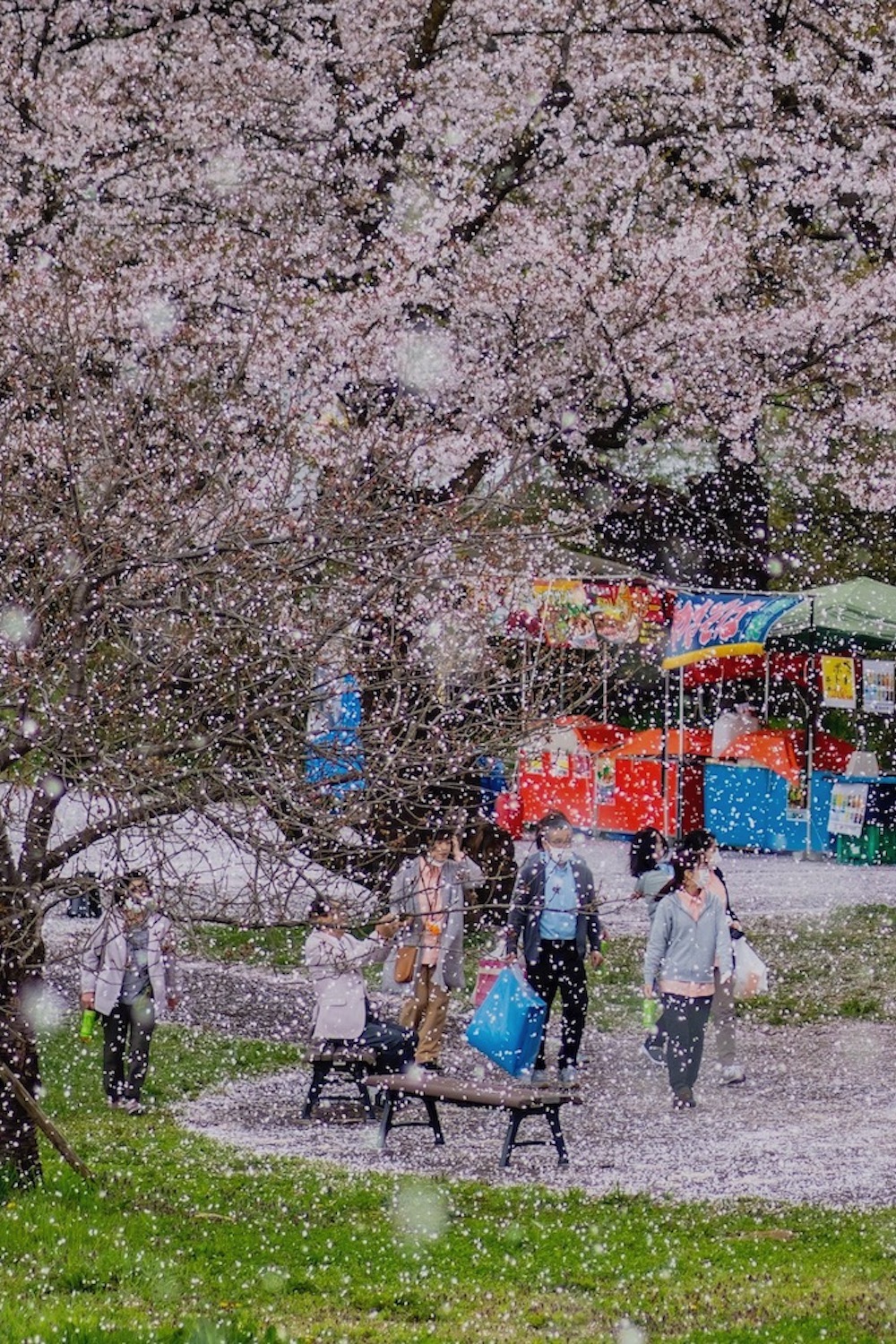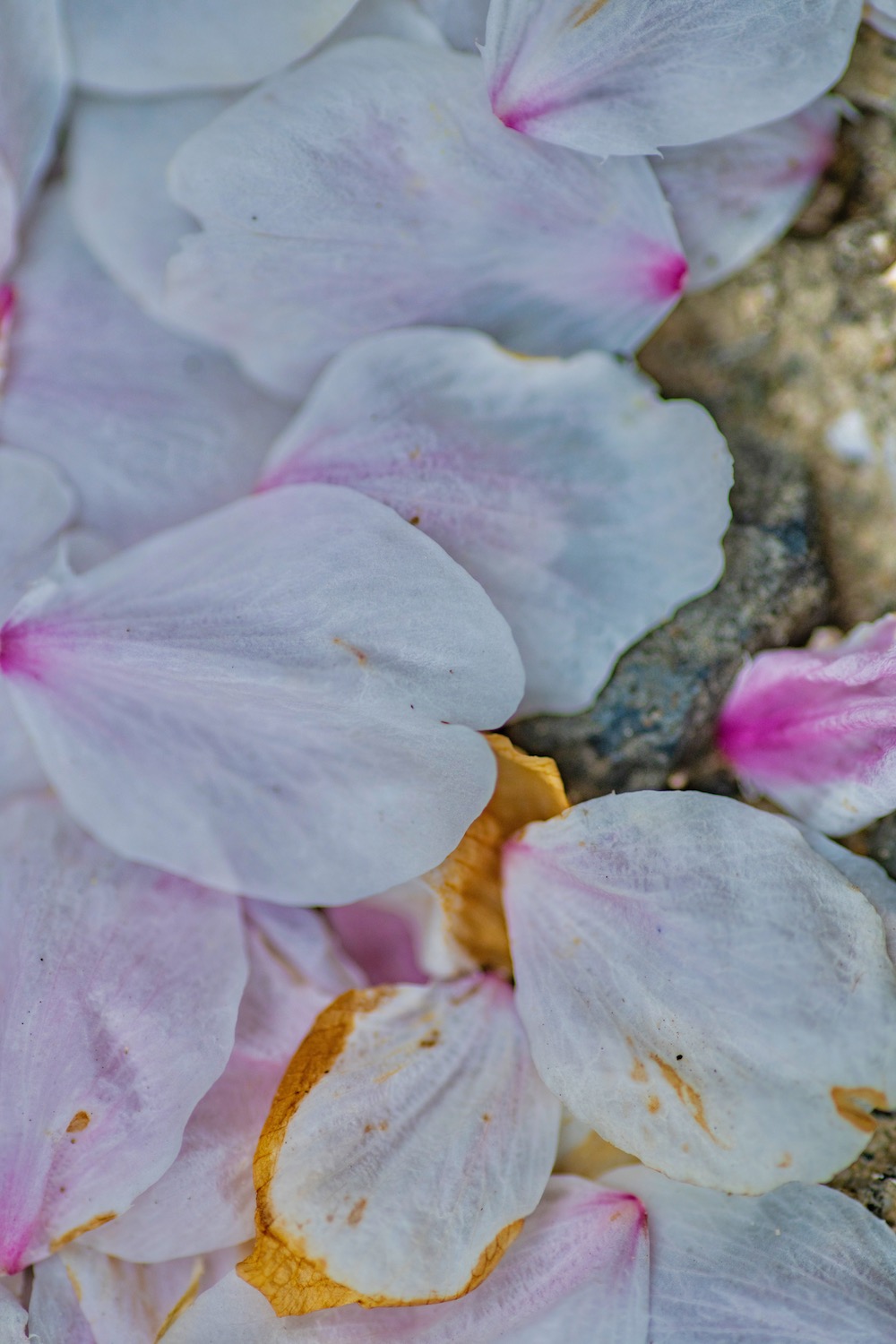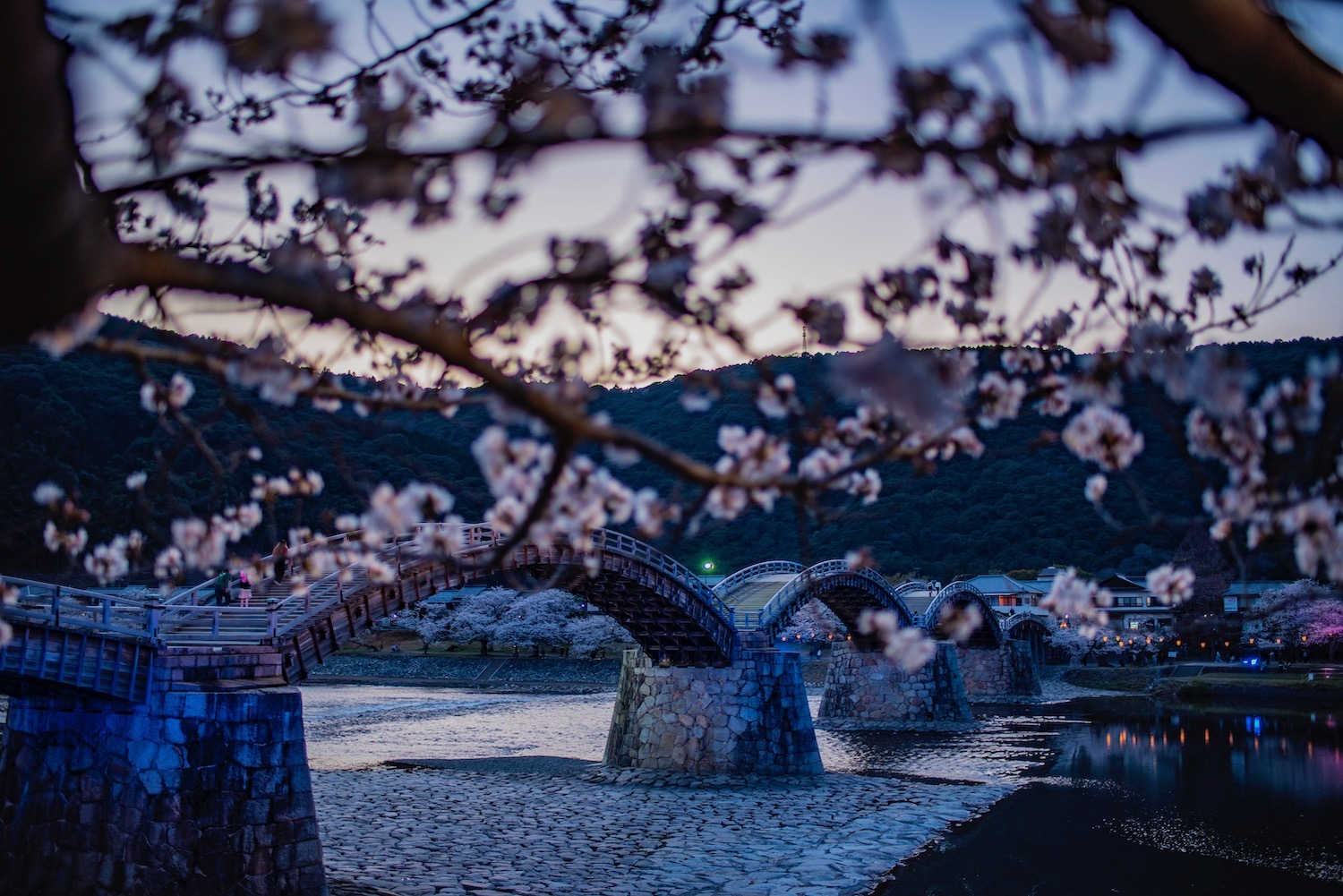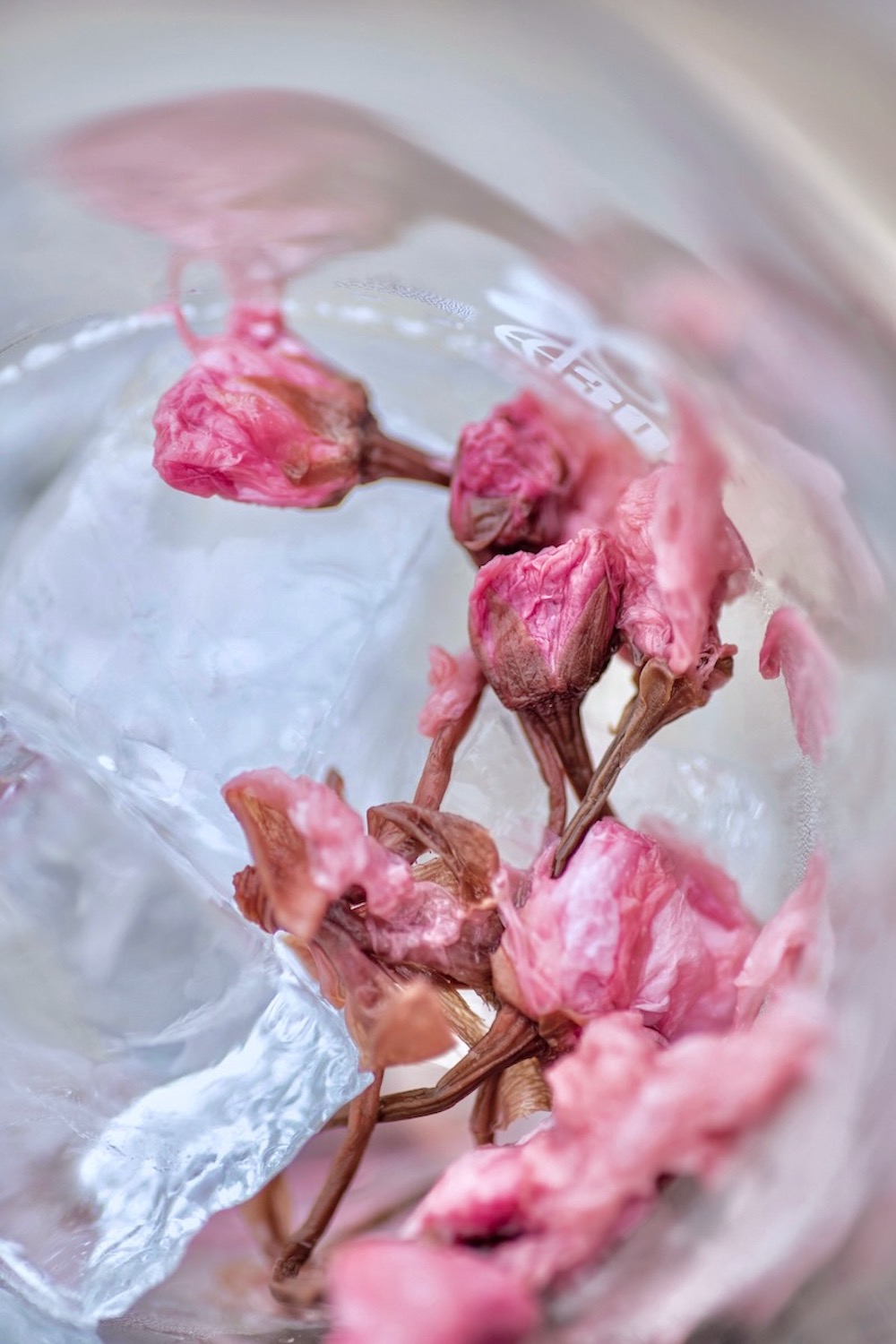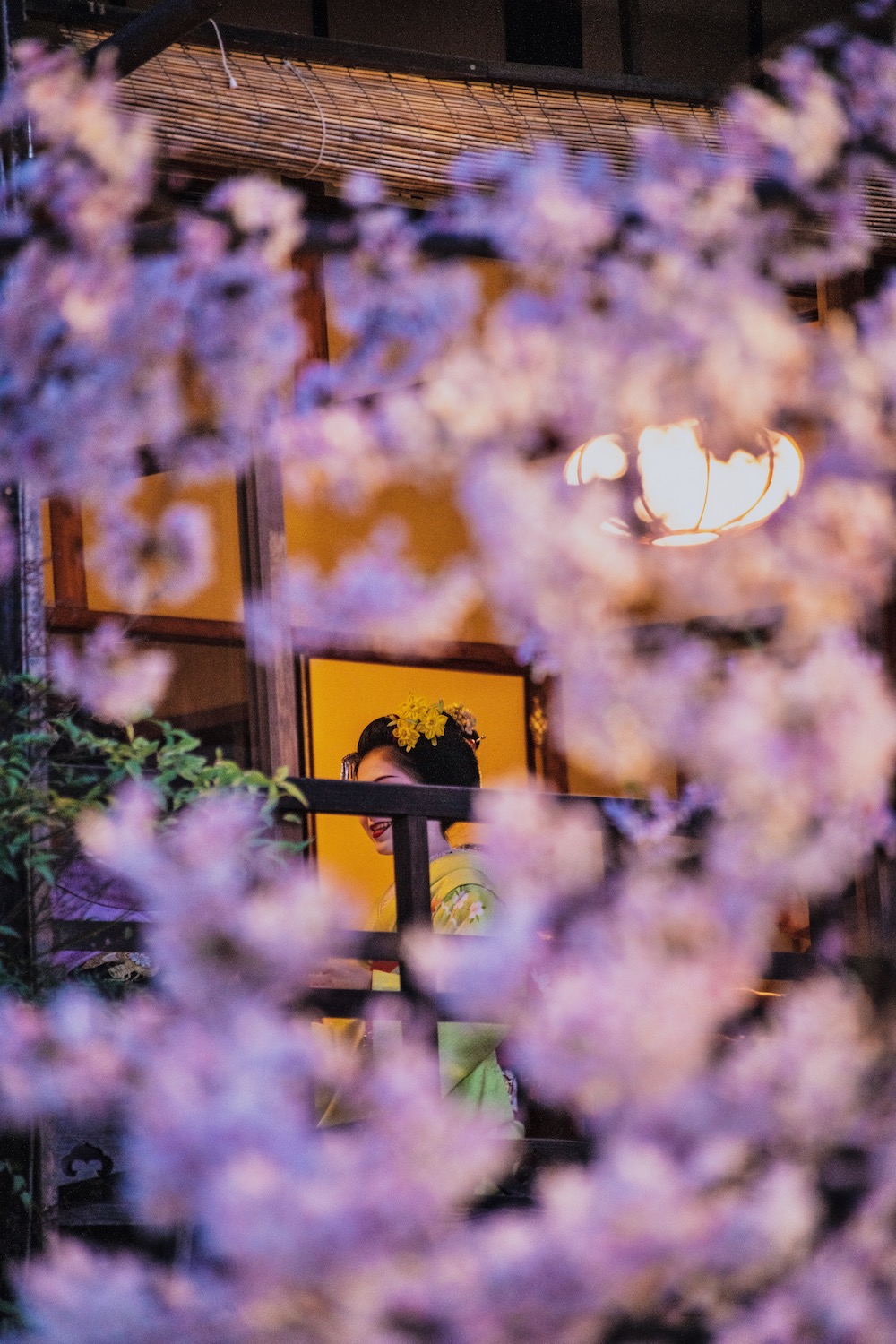It wasn’t my first time at Tokyo’s Meguro River when I arrived there on the last Thursday evening in March—that had been back in 2018, around the same time of the month. It felt like it, however, and not in the way the Foreigner song describes.
I was shocked, to be sure, by how authoritarian the atmosphere was. Not only were coercive signs present, discouraging people from stopping along the bridges to take pictures looking down them (which is literally the entire point of visiting Meguro-gawa during sakura season), but local volunteers (actual police could never be bothered with such a task) were attempting to enforce this, blocking photographers with their bodies.
Things were better at my second destination, Shikoku island’s Kochi. Well, at least outside of the city, where I found fewer cherry trees than I assumed I would based on my previous visit (which, to be fair, had taken place during the middle of winter).
Indeed, I found the rural reaches of the prefecture (in particular, the winding road from Nikobuchi waterfall to Ehime‘s Uwajima Castle) to be impressive, both in terms of the number of trees, as well as their advanced state of bloom.
By the time I got to Kintai Bridge, in Iwakuni, Yamaguchi, the flowers there had entered a state of mankai. This was both reassuring and surprising; I’d been there just once before (around this same time of year, in 2017), but back then, the trees were nearly barren.
The scene I saw before me this time hearkened back to a postcard I saw while in Hiroshima in 2014, i.e. the episode that had planted the seed of me one day coming here. It was nothing short of enchanting, the sort of place you think will be a quick stop, but where you end up spending half the day.
As far as the other half of the day was concerned? Well, I planned to spend it driving along the Shimanami Kaido, a cycling route that spans the Seto Inland Sea, which I’d previously biked in late 2023. There were two problems with my plan, however.
The first, of course, was that the sheer amount of time I spent at Kintai-kyo (where I’d need to return my rental car in the evening) left only a few spare hours to play with. This was further reduced due to how intently I explored Kousan-ji, arguably the cultural highlight of the entire Setouchi region.
The second was more tragic: Imabari, the Shikoku-side terminus of the cycling route, was experiencing terrible wildfires, which made the already cloudy scene (I never can seem to get a blue sky in this part of Japan) even murkier as I looked down on it from the Kiroran Observatory.
By contrast, I’m happy to report that the sky was clear as a bell looking out from Mt. Shiude (on the Shikoku side of the naikai, albeit 100 km or so east of Imabari) two days later. Of course, this was less due to chance and more because I monitored both the weather and blooming forecasts obsessively, and moved my visit not once but twice as a result of what they foretold.
Flexibility, not luck, is the key to a successful Japan sakura trip, both in terms of the flowers themselves and the skies above them.
Arriving the next day in the Samurai village of Hagi, I had the former locked down, but not the latter. The sky was completely white, in fact, which was tolerable only because of what a standout destination Hagi (which I’d visited in 2019, but not intently enough) is.
And because of a wonderful conversation I had, with an elderly passerby named Taiko. “It means beautiful girl,” she’d explained playfully, after telling me about her personal connection to the states, and asking me about mine to Japan. Turns out, we both named the “weeping” shidarezakura as our favorite kind of cherry blossom tree.
The sun came back out the next day, when I was supposed to head immediately to Gunma prefecture, which in spite of being five hours away (and that’s by bullet train), was my next destination.
However, the beautiful conditions in Okayama (and an impromptu trip to its Koraku-en garden, which was frankly much more impressive than I remember it to be) let me to renting a car last-minute and driving it to Tsuyama Castle to enjoy its 1,000+ cherry trees, which were all in full bloom.
By the time I finally did get to Gunma-ken, where I’d actually previously been just three months earlier, night had almost fallen.
Thankfully, the sun was out in full force the next day, which saw me enjoy sakura in Tatebayashi, leek (negi) ice cream at a Michi-no-eki outlet in Okabe and daruma dolls at the Takahashi city temple where they may well have originated.
Yet it wasn’t until the last full day of my trip, a bit further north in Fukushima prefecture, that I fully appreciate the splendor of cherry blossoms in this part of Japan. This was because I finally ticked Hanamiyama, which more than lives up to the translation of its name (“flower viewing mountain”), off my bucket list.
Hiking around its sprawling square footage (mileage, really) called to mind my time at Mt. Yoshino, in Nara prefecture, in 2021.
But surprisingly, this experience was superior, both because of the greater variety of flowers (fluorescent plum, peach and kawazu-zakura blossoms, in addition to pale somei yoshino and yellow rapeseed) and because the snow-capped Azuma Mountains provided a more dramatic backdrop than the verdant hills of the Kii Peninsula had done years earlier.
I was equally surprised, upon stopping back in Tokyo for a few hours en route to Narita Airport the next day, to see that trees in Ueno Park were still largely intact, at least from a distance. Which was all that mattered, given that I was actually bound for Nezu Shrine and its famous tsutsuji, aka azaleas.
Those flowers were probably a few days shy of full bloom—this was just as well. Thinking back to the less-than-warm welcome I’d received at the Meguro River two weeks prior (which felt, in both the best and worst ways, like it had taken place two months earlier instead), I’m not sure I could’ve endured another round of peak-season crowd control.

